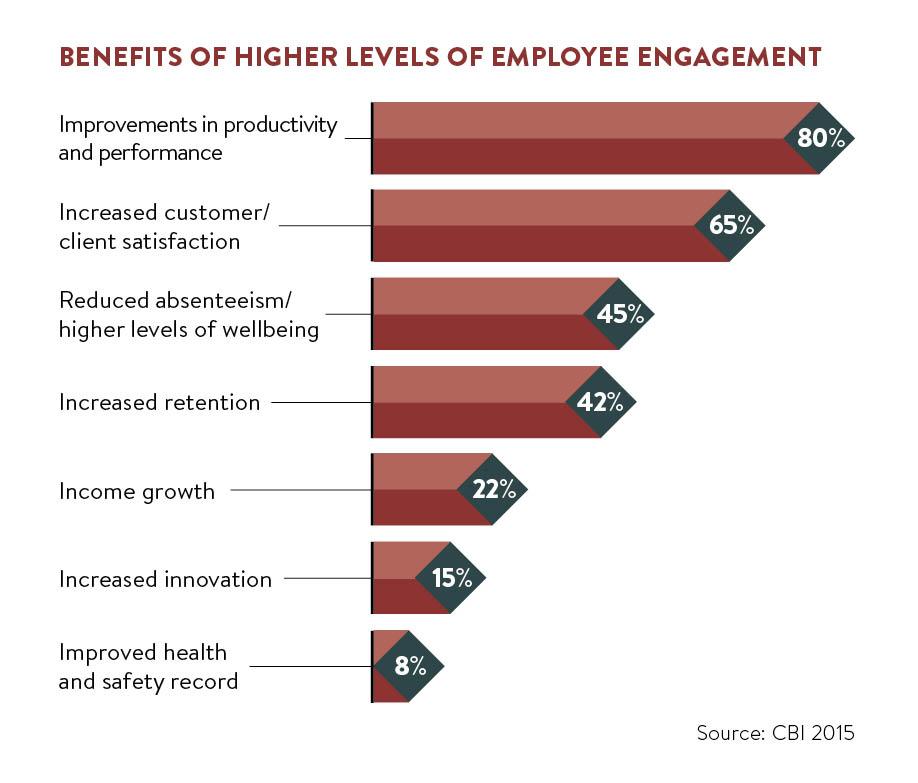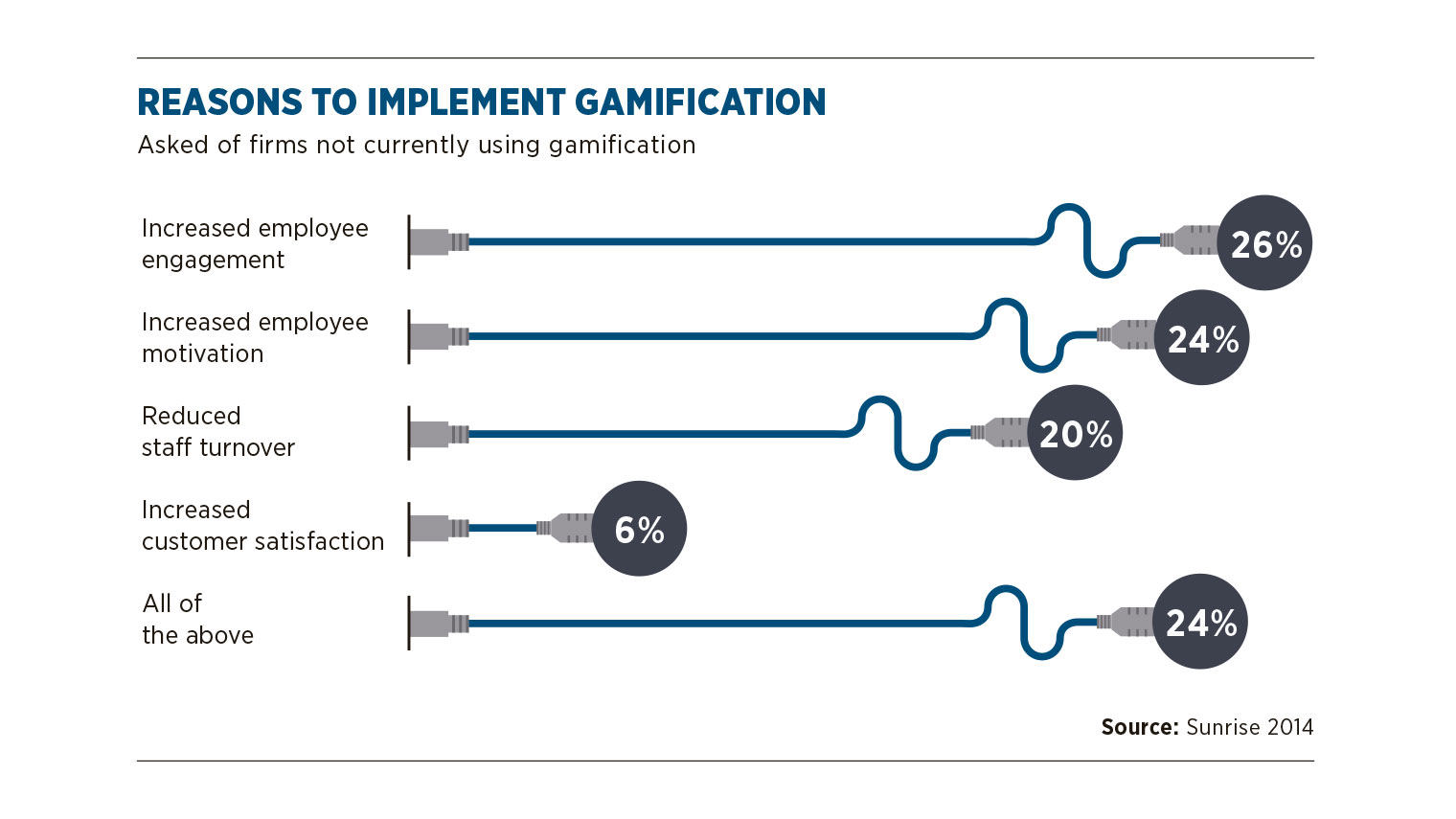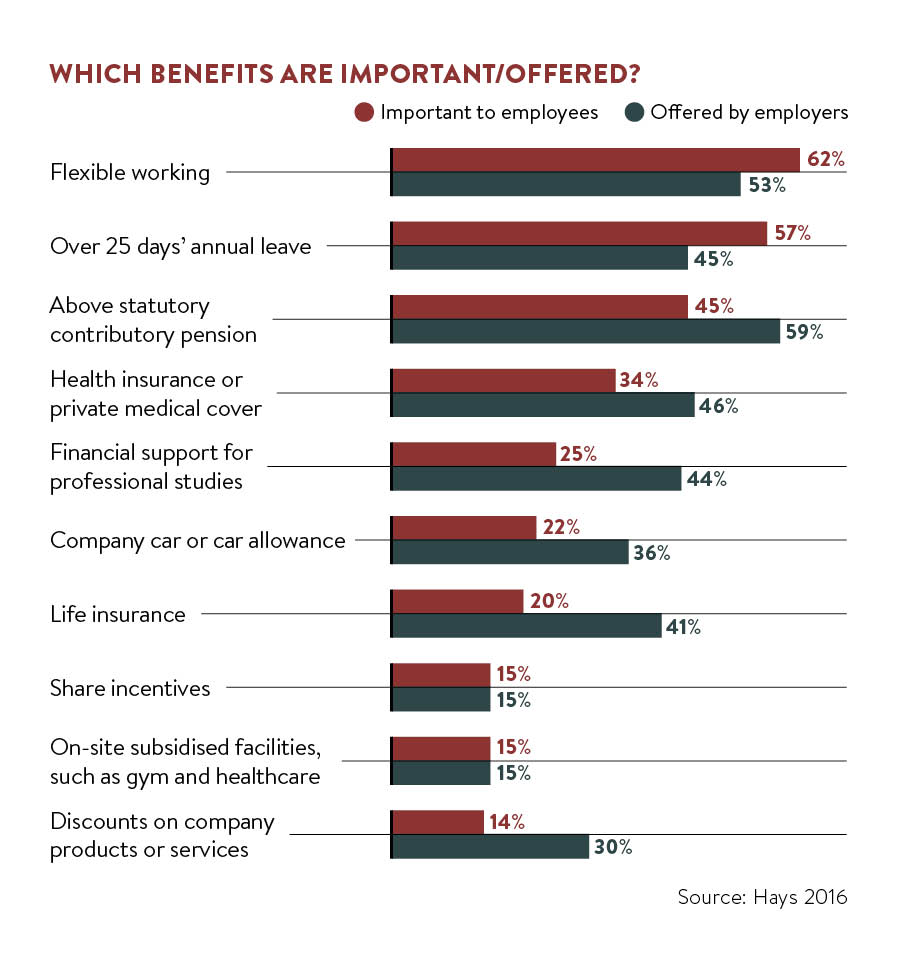According to recent research from Deloitte, 80 per cent of UK companies still face a lack of employee engagement. Yet only 36 per cent are prepared to tackle these engagement issues.
Global research firm ORC International found that workplace engagement among UK employees is relatively poor, with the region coming in at 18th out of the 20 countries surveyed.
The statistics clearly show that it’s high time for leaders to act and inspire change, or else face diminishing productivity levels and employees in search of greener grass.
Getting employee engagement right is made all the more difficult with an ever-diverse workforce. There are currently four generations in the UK workforce - veterans, baby boomers, Generation X and Generation Y, or millennials - who are soon to be joined by Generation Z. Each generation has its own demands and capabilities: while Gen Y and Gen Z typically seek greater flexibility and a tech-forward workspace, the older generations continue to grapple with retirement decisions.
Join us as we journey through the essential qualities for effective leadership and the vital need for communication; the workplace tools and technology that facilitate greater collaboration and in-turn engagement; and how to scope out the benefits that your employees actually want.
Effective leadership
The essential traits of today’s modern leaders are far from the outspoken, overpowering likes of the Wolf of Wall Street. Honesty, listening, empathy, humility and flexibility are just as important as confidence, courage and decisiveness.

Richard Branson epitomises the leader of today who isn’t afraid of showing their vulnerable side
While leaders must enable creativity, collaboration and innovation, revealing their vulnerabilities is a sure-fire way to gain the trust of those they lead. No longer are bosses detached and locked away in their glass offices far from the sight of employees lower down the chain; they’re humanised by their weaknesses.
“Sir Richard Branson is particularly effective at communicating his vulnerability,” write Rob Goffee and Gareth Jones, authors of Why Should Anyone Be Led by You?. “He is ill at ease and fumbles incessantly when interviewed in public. It’s a weakness, but it’s Richard Branson.”
In fact, communication is at the core of effective leadership. “A good leader asks questions, observes, allows people to speak up if there’s a problem,” explains Jane Sunley, chief executive of HR consultancy PurpleCubed. A more collaborative style is suited to the leaders of today - it’s also a style that Gen Y – the future generation of managers and leaders – prefer, she adds.
Communication also requires listening and equates to realising the differing potential of individual employees. Jane Asscher, chief executive and founding partner at creative communications agency 23red, says: “Recognising that there is no ‘one-size-fits-all’ solution to managing individuals is the first step to ensuring an engaged, productive workforce. Getting to know the individuals you manage by finding out what motivates them, how they like to receive feedback and how they want their careers to develop will enable you to tailor your management style, and enable the kind of open and honest conversations that will facilitate the achievement of both company and individual goals.”
“If people know who they are, what their strengths are and who they work best with, they can be their most successful,” explains Eugenio Pirri, the Dorchester Collection Hotel group’s vice president for people and organisational development.

The idea here is to empower staff to make their own decisions, but within the context of the company’s values, he adds. “It doesn’t work when you tell people what to do or you put them in a box.”
This empowerment will become all the more important as employees rely less on leadership from the very top and more on relationships with local managers. “Our research has shown that organisations will become a more loosely connected group of people whose primary experience is not with the ‘logo’, but with the leader they work most closely with,” says Tania Lennon, associate director of leadership and talent at Hay Group.
CEB research shows that employees who operate in a more networked leadership environment tend to show 35 per cent higher employee engagement. Jean Martin, CEB talent solutions architect, explains: “Networked leaders know how to get things from the organisation, but also give stuff back; they pull information from employees rather than just pushing directions down.”
Communication tools and the role of technology
Love it or hate it, apps and social media are creeping their way into the workplace, and we’re not just referring to the tools used by the digital marketing team. Company intranets and social media platforms are easily accessed through mobile devices and are increasingly helping to improve internal communications and engagement. Plus, employees have the option to ‘switch off’ safeguarding that elusive balance between work and their personal lives.
Take the Slack app, for example, with desktop and mobile app versions that allows teams to keep in touch at any time with the added entertainment bonus of animated GIFs. Not only does social media allow employees and employers to engage in real time, it also supports businesses who seek to build a genuine rapport. “The paradigm has shifted from a traditional downwards periodic communication to employees, who expect both a real conversation and the empowerment to make change happen,” says Sam Dawson, UK head of insight at Korn Ferry Hay Group.

Havas Media Group is looking into introducing a social media element to its internal communications in an attempt to reflect the how people engage with technology outside of the workplace through Twitter, Snapchat and Facebook. “An internal communications strategy needs to be implemented to build on these methods of communication, not just create new ones,” says Darren Minshall, UK group chief talent officer.
Smart firms are focusing on employee engagement from the recruitment process. Gamification, in particular, is proving to be an effective way of bringing potential employees on board, allowing them to decide whether they would be a cultural fit which ensures long-term retention. Uber, for example, built a game called UberDrive that lets you potential employees judge whether they have the right qualities to be an Uber driver.
Delta Airlines have taken this a step further through their app, Ready Set Jet, that, through a series of mini games, supports the training of their 80,000 global employees. Employees are catching on to this new form of training and have completed four times the normal amount of training required of their own volition.

Giving employees what they want
Now that we know how best to communicate with staff, how can employers provide the benefits that they desire to ensure employee retention and boost productivity and profits? The simple answer is that each employee has individual requirements. Millennials may consider daytime naps a valuable perk while baby boomers could view flexible hours as an essential benefit, allowing them to successfully juggle parenthood and work.
Again, communication comes into play. Christian Reed, senior total rewards manager at Jive, advises employers to “solicit feedback from your employee base, and be specific to the locality where you are looking to augment your benefits, so you can make sure you’re spending your benefits pound where it’s going to have the most employee impact.”
Most employers expect their employees to be engaged with work 24/7 which means offering benefits such as emergency child care or access to all-hours private doctors. Delivering such benefits will inevitably lead to increased productivity and loyalty – employees want their bosses to care about them. Insurer Zurich UK’s head of HR, Georgina Farrell, puts it in plain terms: “Money doesn’t buy me loyalty,” she says. “Money is cold. What a benefits package does is it buys a conversation that will help me understand my employees even better.”

Benefits are not the sole requirement of today’s employee. Understanding cultural needs is one area where businesses are currently falling short. Recent figures show that 11 per cent of the workforce come from an ethnic minority background and if employers wish to make their staff feel valued, this requires greater attention. “Benefits that speak to different people’s cultural norms will have to become much more prevalent,” says KPMG’s Ms Flanagan who allows staff to observe religious holidays.
For HCL Technologies employees, a management-led company structure meant that talented employees weren’t getting enough airtime or creative input, a potential cause for quick staff turnaround.
HCL has since taken communication to the next level by championing ‘ideapreneurship’ which promotes ideas from employees. The best business-centric ideas are put to a vote and the winners are given a $250,000 fund to implement their idea. Employee-led initiatives have kept revenue growing above 20 per cent and staff numbers grew from 18,000 in 2005 to 104,000 in 2015.
More Raconteur business guides:
Managing millennials
Smart cities mean big business
Mobile technology to improve your business
